Games - a way to relax and immerse yourself in an interesting world. Some of them are more addictive than books, movies, cartoons and art. And the best thing about the game industry is that even a small team to make a project that will appeal to millions.
Today we'll talk about low-budget Unity projects that are worth spending a few dozens of hours on.
Hollow Knight
The development of Hollow Knight raised money on kickstarter. The game was created by a small team from 2014 to 2017. They came up with one of the best metroidvania, which even after 8 years can not overtake in terms of game design.
The main character is an empty vessel who has come to a bug kingdom suffering from the orange plague. Not much is known about him, so the GG will have to go down into the dungeon to defeat the disease and fulfill his destiny.
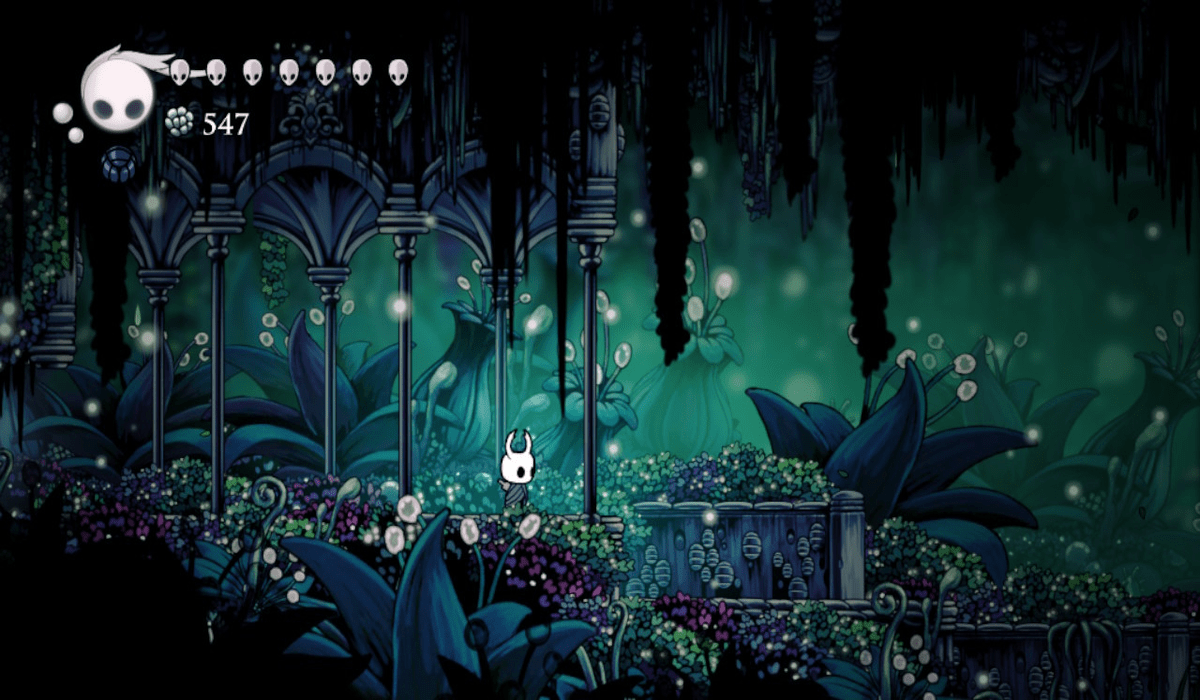
Hollow knight shows how to do metroidvania and game design properly. If you're already trying to create a 2D game and are interested in the topic of development, check out a few walkthroughs of such a project.
Initially gloomy dungeon becomes more and more interesting: there is a jungle, huge cities, a village of mantises and a fighting rena. All of this is not immediately available, because metroidvania implies that you need to have a set of skills (double jump, acceleration, ability to swim in acid) to advance.
The game looks cute, but it's deceptive: with each biome opened and inhabitant encountered, the story of the demise of a large kingdom is stripped away. The good king turns out to be not really good, and many people are simply mad from the experience.
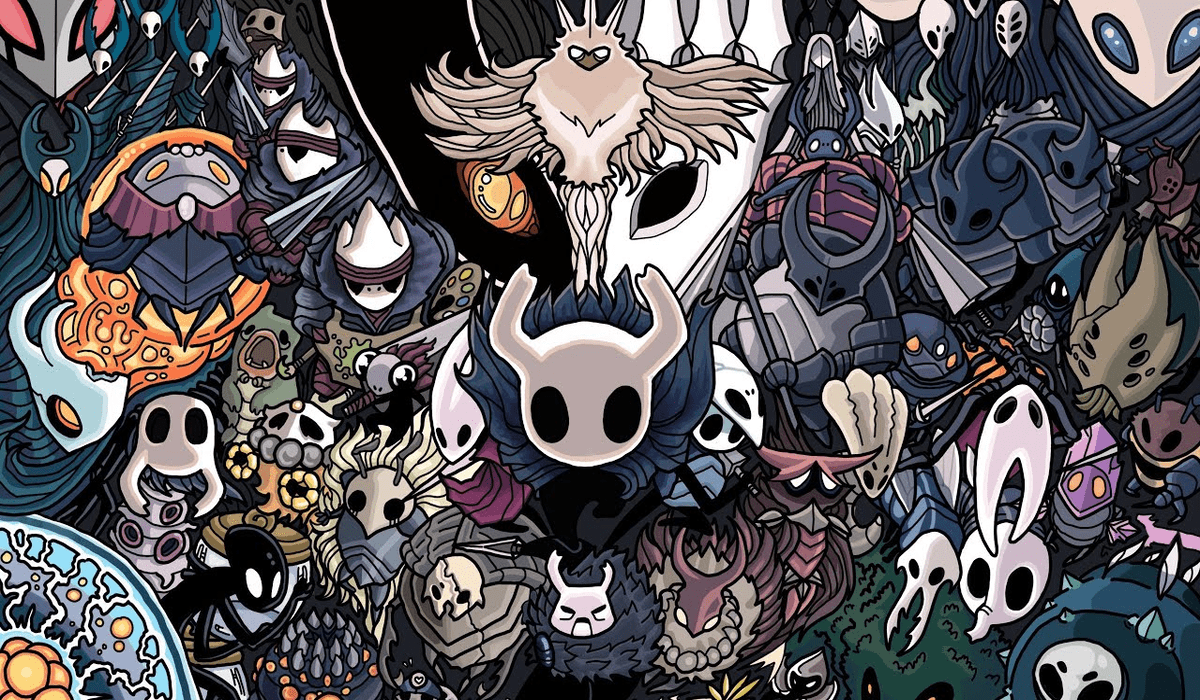
Bosses in Hollow knight are strong not because they have a lot of health, but because of their speed and variety of attacks. To defeat them you will have to master a small arsenal of skills and abilities.
Cuphead
Two brothers as kids loved watching cartoons from the 30s and playing shooters. They loved the games and wanted to make their own. So much so that they quit their jobs and took out a loan, mortgaging their own homes. With the proceeds, the guys expanded their staff and worked around the clock. That's how Cuphead turned out.

The brothers transferred their love for old cartoons into the game. As a result, its style became a highlight.
The plot is simple: Cuphead and Magman came to the devil's casino, put their souls on the line and lost. They asked to be spared, to which the devil agrees, but demands to collect the souls of the debtors in return. The brothers accept the terms and run away. They later come to seek advice from Kettle, who teaches them how to shoot their fingers so that Caphead and Magman can beat the debts out of the bosses.
The game itself is a hardcore platformer where you have to defeat powerful bosses. But unlike such projects as Dark Souls, it's hard to overpower here, and you need to defeat enemies at the expense of skills.
A simple set of actions (run, jump, shoot from the finger) will have to be honed to the maximum to pass the game. Bosses have a lot of attacks and abilities, so at the first playthrough you don't know what to expect from enemies.
Cuphead was loved for its visuals and immersion. Trying to defeat the next enemy do not notice how the time flies, but the joy of victory can be compared only with the killing of complex opponents in Dark souls.
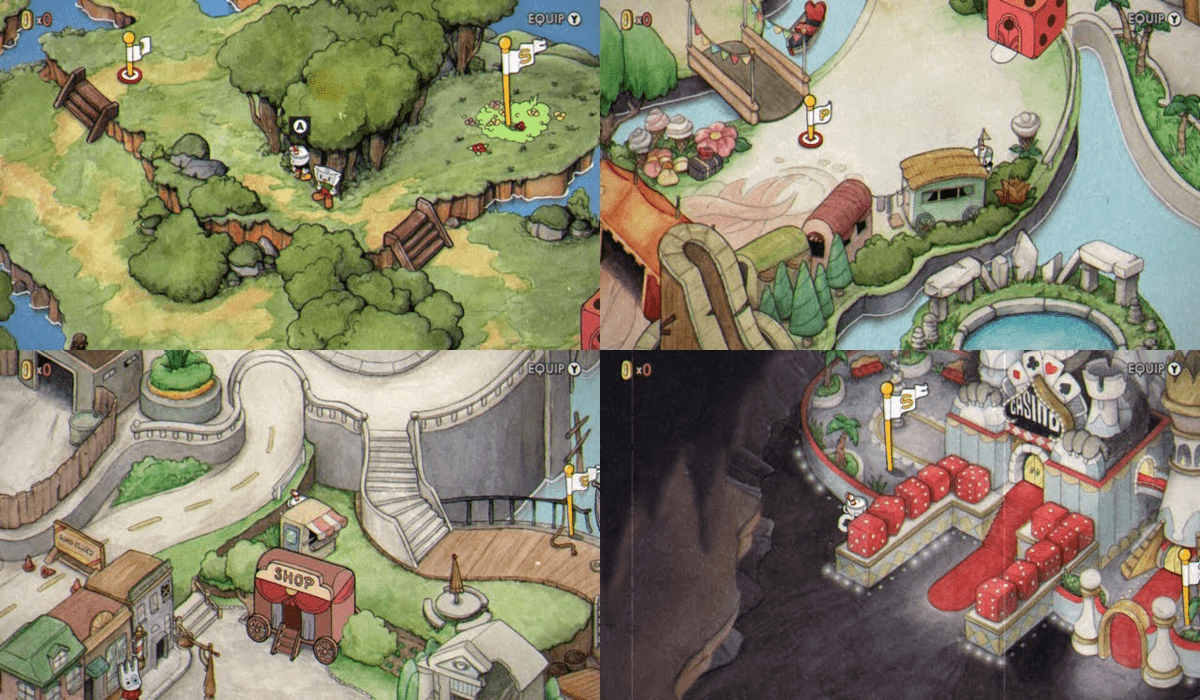
In addition to battles you need to walk around the map and explore the world of the game. Before the battle with a difficult boss you can buy consumables.
Rain world
In Rain world you need to control a slimeball - an omnivorous predator. He wakes up at the beginning of the cycle, searches for berries, bugs and bats, and then goes looking for a burrow. The slimebug is a unique creature that can reincarnate, so it is not afraid of death.
Unlike other inhabitants of the world, the animal does not have large teeth or claws. But he is intelligent, can throw rocks and twigs, and loves to explore the world.
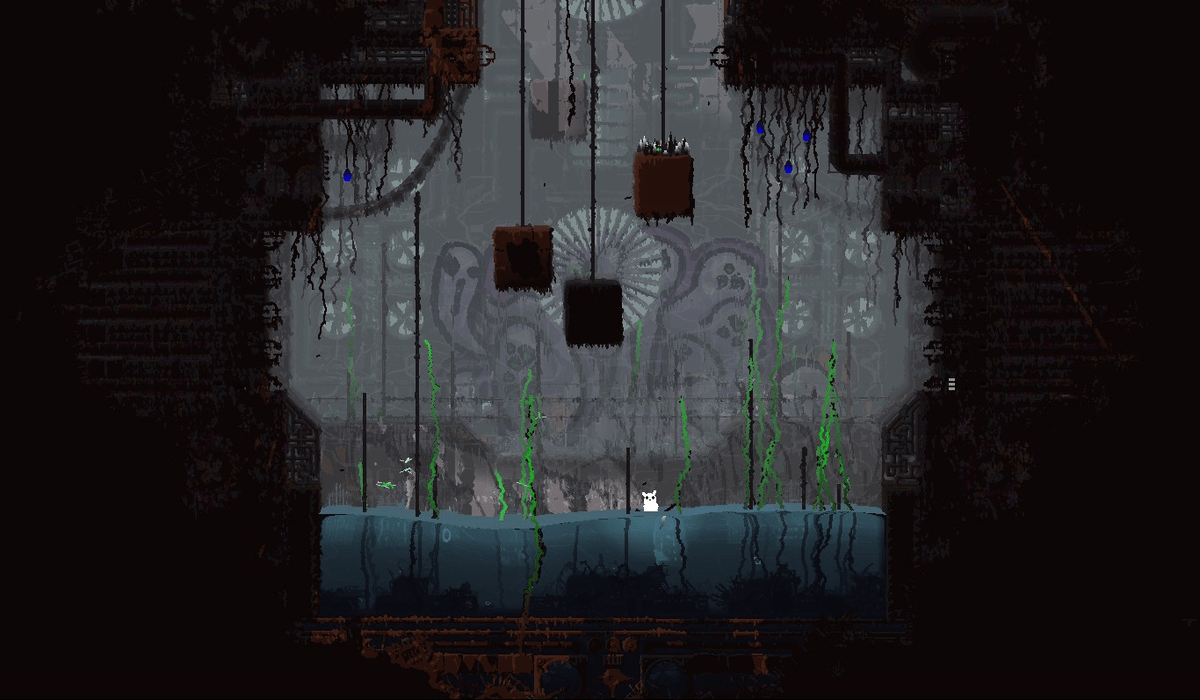
Each cycle ends with a downpour that floods the land and kills the critter.
Initially, the goal of the game is one - to learn as much as possible about the post-apocalyptic universe in which the slime cat lives. To do this, you need to advance before the end of the cycle to find new rooms or burrows to sleep in.
Unity is one of the easiest engines to learn. CODDY has a course that introduces you to the C# language, helps you understand the interface and tells you how to make your own project.
But it's not easy, because the behavior of local animals and plants is not clear. If you climb a pipe to get to a ledge, it turns out to be not a pipe, but a predator mimicking the terrain. So all you have to do in the beginning is to watch.
Rain world has some of the best environmental engineering in gaming. Lizards fight among themselves, animals move around the locations, and a few intelligent representatives of the world can both kill and just ignore you.
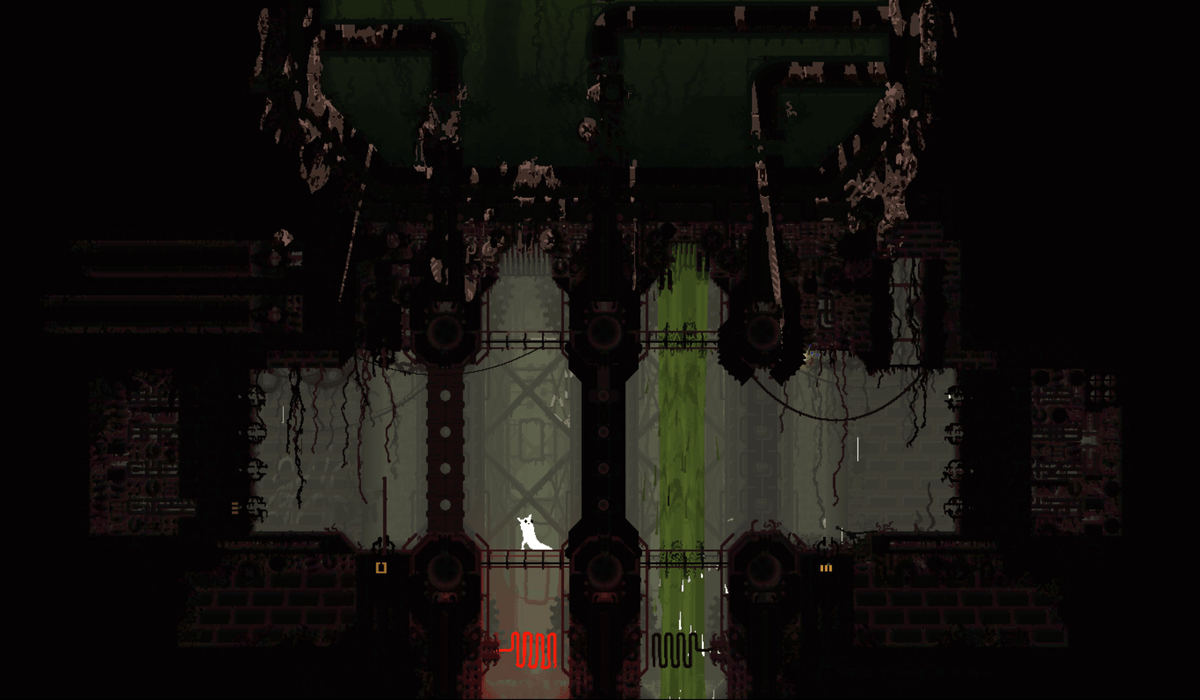
Don't take unnecessary risks. Sooner or later you will encounter a gate. They open only if the slimeball manages to survive a certain number of cycles.
The game itself is a platformer, and its graphics are one-bit. The artwork is nice (the author of the project worked as a designer), and the mechanics, though few, are useful and well integrated into the world. From the indie genre, this is one of the most memorable survival games.
Outer wilds
This game is built on loops and time loops. There is a solar system and a small planet where purple humanoids live. Every 22 minutes a star in the local sun explodes, destroying all life. The task of the protagonist is to prevent the disaster and save his village.
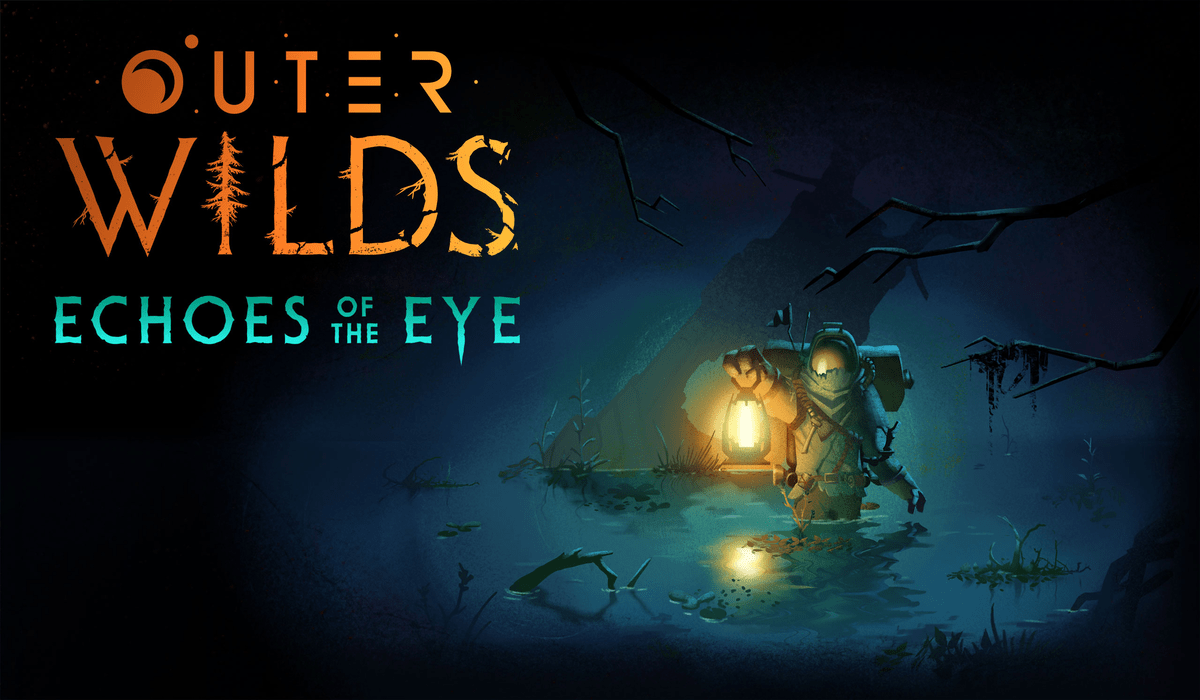
Some locations open at certain times, be vigilant.
At your disposal you will have a spaceplane. With its help, you can explore planets and interesting places. They are small and resemble a sketch of a picture from "The Little Prince" - you can go from one pole to another in a few minutes.
Outerwilds is loved for its atmosphere of mystery and complete freedom. You can either explore planets step by step or do something illogical and get the result. For example, you can jump into a black hole and see what happens. There are a huge number of mysteries in the solar system that you will have to solve on your own.
The fascination is built on the "Wow" effect. Telling some of the riddles is no good, try some of the weird experiments yourself. Land on a planet, explore it, find other astronauts or an ancient civilization's escape pod.
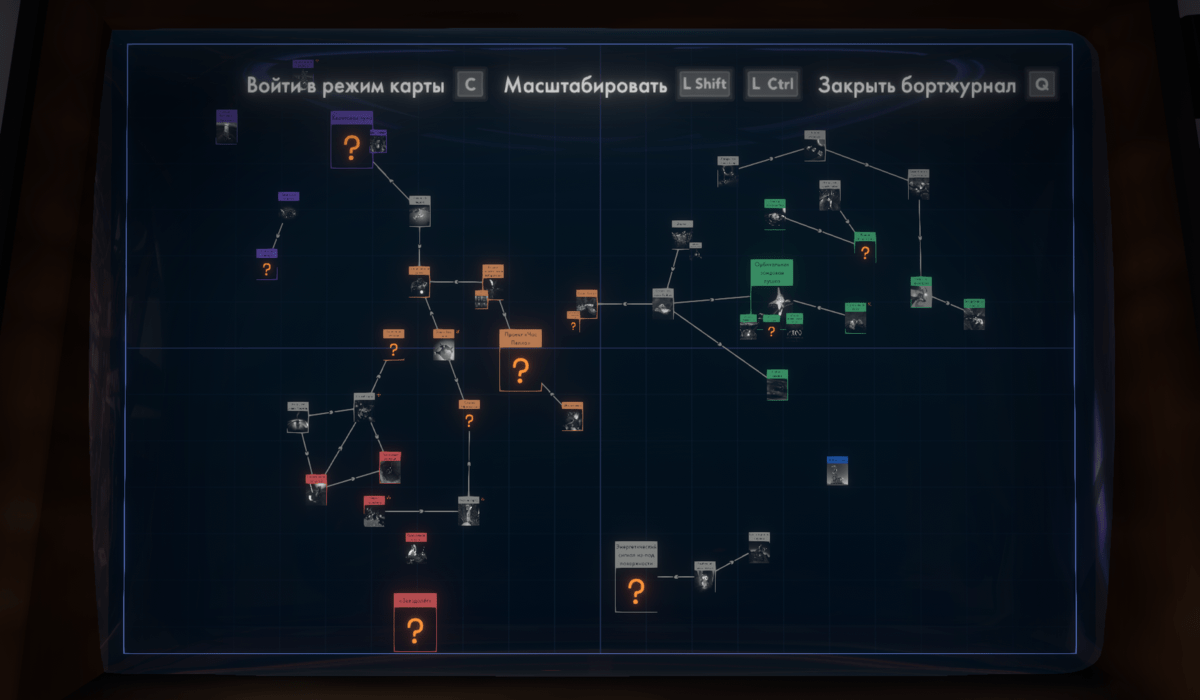
After each discovery, check the flight log. It's not always clear why a constantly teleporting rock or a set of pictures in a forest cabin is so important. The game will help to figure it all out.
But not for nothing in the styme at the game is added to the category of horror. Space is dangerous, you can die and go to another rebirth anywhere. So look under your feet, stock up on oxygen, be ready for surprises and try not to get into places that look threatening.
Another way to create your own game is to understand C#. In a course on this language, instructors share practical tips useful for creating your own game.
Without guides and hints, there's enough gameplay to last 20 hours or more, and 95% of the 52,000 reviews are positive. The game has received 3 awards and 85 points on metacritic.
Knock-Knock
There is an opinion that Russian developers can't make games, but they are good at eating up budgets and creating cheap crafts. This is not true and Atomic Heart is a proof of talent. But there is another company that makes games - Ice-Pick Lodge.
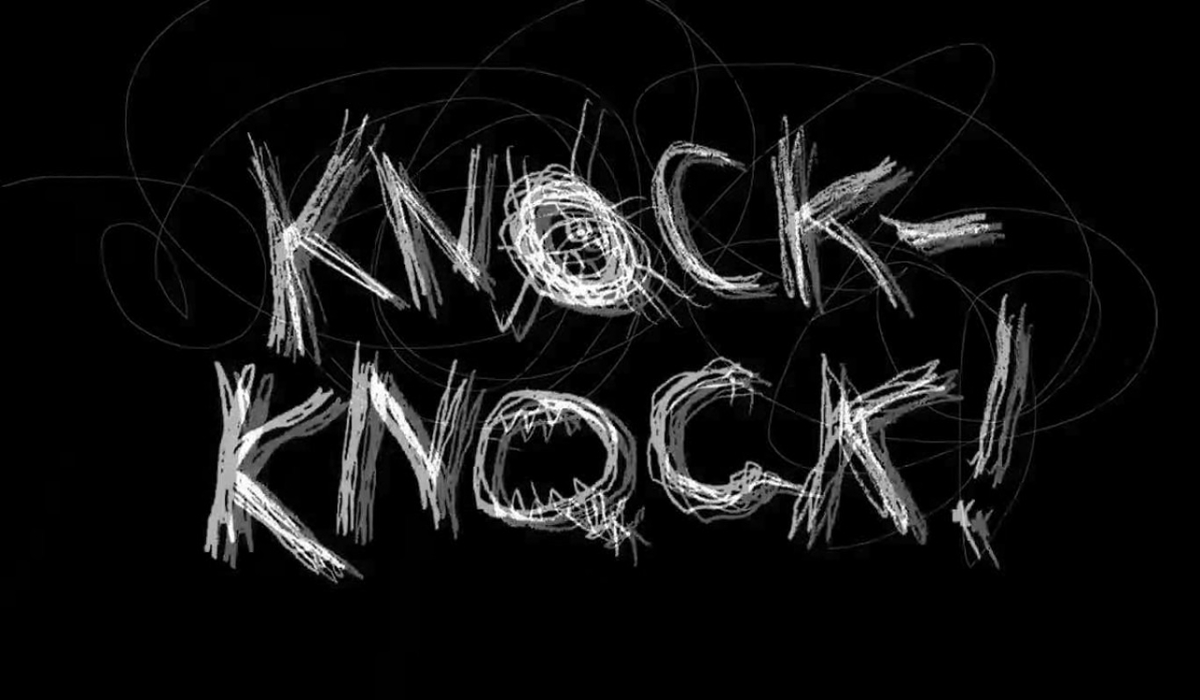
The creators themselves say they got the idea for the game in the mail from an unknown sender.
They have also had simple projects, one of them is the game "Tuk-Tuk-Tuk-Tuk". The project only raised $41,000 on kickstarter and was developed by a small team. Released in 2013, but thanks to the unusual graphics still looks fresh.
Gameplay at first glance is simple: in the middle of the forest is a house, in it lives a tenant (that's his name). He works as a worldologist: he studies the world, monitors the state of the environment, etc. During the day, the big house is ordinary, you can walk around it. Another location is the forest, where you can find clues related to the game.
At night, guests come to visit. The inhabitant must do three things: hide from dangers, light bulbs in the house and look for useful things (watches, pages from the diary). Then morning comes and everything repeats.
At the first stages the game has two goals: to survive until morning and to find pages from the lost diary. But the more time we spend exploring the world, the more goals will appear around us. It will turn out that the father and grandfather of the tenant did not just move to the dense forest and that some inhabitants of the world "Knock Knock Knock" know about the real players (you and me).
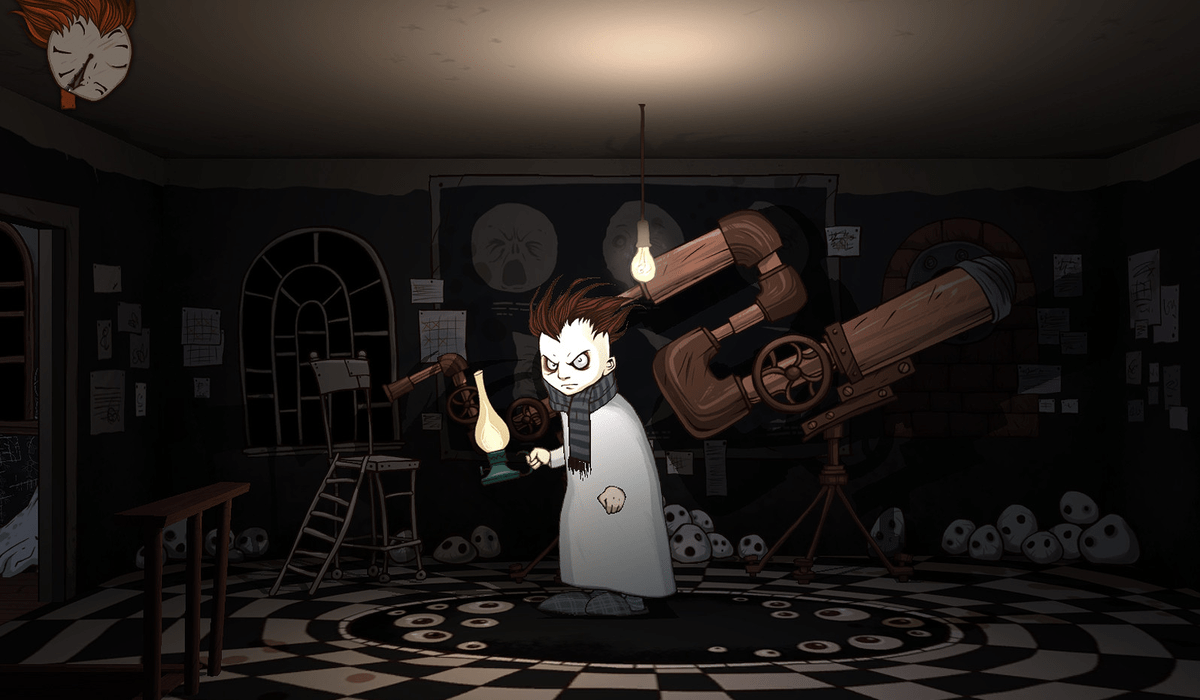
Don't be afraid to explore the world, your activity affects the ending.
Knock-knock is advised to be played in silence and darkness for a reason. Guests and the forest will talk to you, and minor rustles can give clues during the game. It is also nice that the project does not try to scare with cheap tricks. There are no scrimmers in it, and for most of the game the guests are not dangerous to life or sanity at all.
What makes it scary is the atmosphere. Rustles and unknown voices can cause tension, and appearing notes from the diary are alarming and can make the world where the inhabitant lives more gloomy.
Temple run
There's money to be made in mobile gameplay, too. Temple run was actually developed by the couple Shepard and Lukyanova. They had experience in programming and a desire to make an interesting game. But it was not easy, because at the start of the company brought only $50,000 a year.
There is no plot in the game. This is a typical runner, where you need to run away from dangerous monkeys for an adventurer. On the way the hero will meet traps and obstacles, and you need to run on the bridge, which is constantly twisting. As a bonus, you can collect coins.
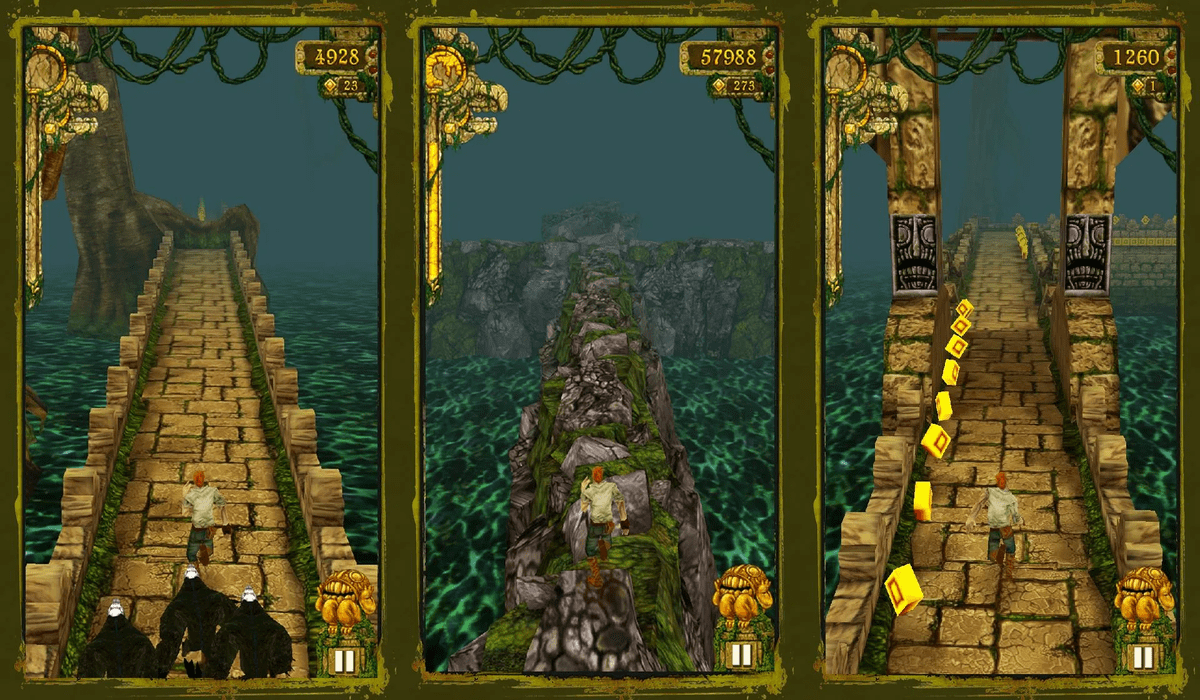
The game has a sequel. In 4 days it was downloaded 20 million times.
Temple Run appealed to people because it is free, kills time well and was one of the first successful projects in the genre of runners. Now the game has 500+ million downloads and a loyal audience. The project itself was released in 2011.
Where do aspiring developers get their money from?
Game development is expensive. We've touched on projects that were started by just a few people or a small team of enthusiasts. But that's how money is usually raised in business:
- It doesn't. The game is made by one person or a small group of people. Anything is possible in the indie section, including mass downloads of a modest project.
- Fundraising. Crowdfunding (when users support a particular idea with rubles) is used for this purpose. But to raise a good amount of money, you need experience and experience.
- Sponsor. Provides funding for a portion of the proceeds in the future. Hard to find, even harder to do without one.
You need practice and experience for fruitful development. There are people who have turned game creation from a hobby and now talk about it and even promote their projects. Even games on other engines (Undertale, Stardew valley and the like) have gathered a huge fanbase. The key is to be passionate about what you do.





